7 Endangered Species that Hurt Land Values [Bay Area]

Avoiding endangered species that hurt land values is a top priority for developers and can seriously reduce the sale value of private land. Endangered species are addressed in item four of the CEQA checklist as a biological resource. Biological resources under CEQA also include sensitive environments and certain plant species.
To indicate that there will be no significant effect under CEQA, developers must show that their project either:
- Does not significantly affect any protected species
- Includes sufficient mitigation measures to reduce the effect on the species to a less than significant level
The cost of additional review and mitigation measures for protected species often make development projects infeasible. Because the presence of these endangered species hurts land values so much, it helps to know the most common species to look for.
Towards that end, this post will cover seven of the most common protected species, where they’re found, and what sort of habitat they live in.
That way, if you need to value land, you’ll know whether or not you may have additional costs associated with biological resources.
Alameda Whipsnake
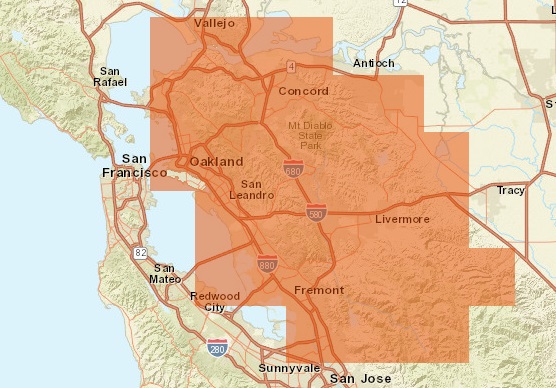
Habitat
Whipsnakes live in what’s called a chaparral environment. This type of environment is common in California.
Their preferred environment is characterized by hot, dry summers; an abundance of forest and grassland; and sensitivity to fires. Common animals you’ll find in Alameda Whipsnake territories are coyotes, mule deer, praying mantises, and ladybugs.
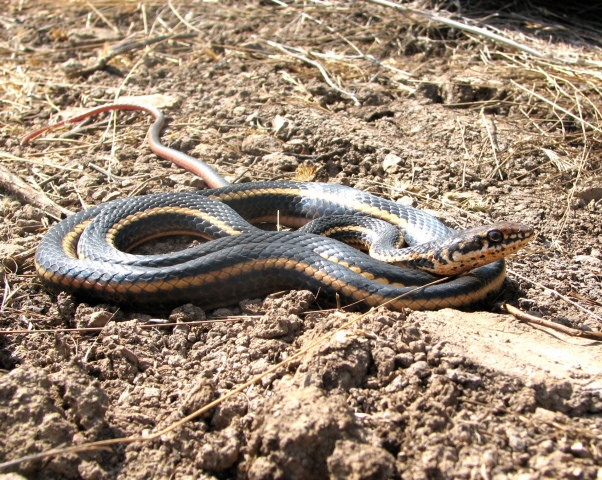
Bay Checkerspot Butterfly
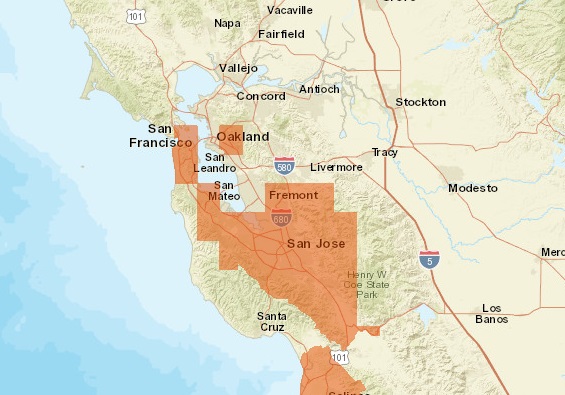
Habitat
Bay Checkerspot Butterflies usually live in steep, rocky environments. They were originally found all along the spine of the San Francisco Peninsula, starting at Twin Peaks and extending south of San Jose.
Checkerspot Butterflies feed on dwarf plantain, purple owl’s clover, and exerted Indian paintbrush.
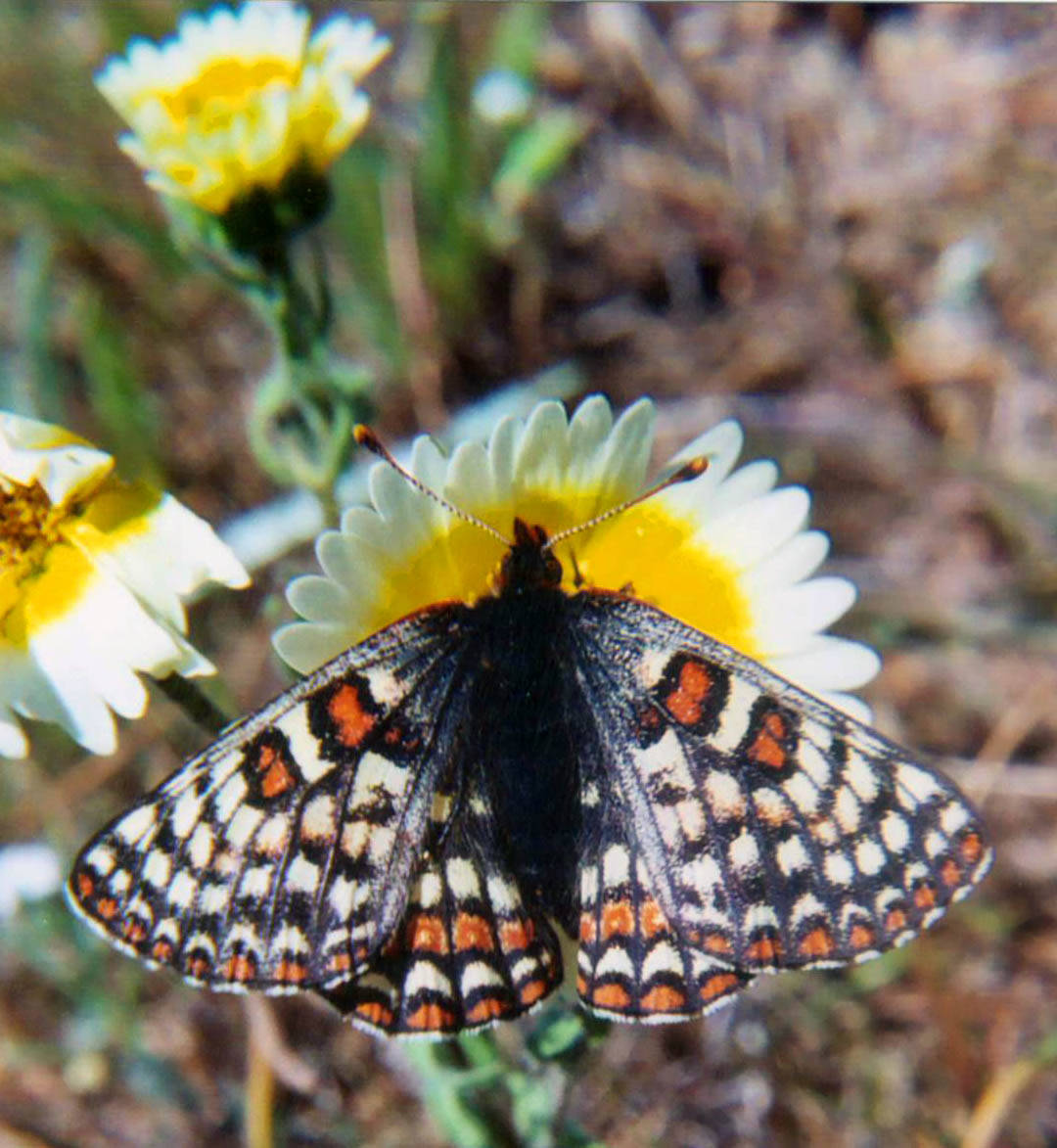
California Clapper Rail
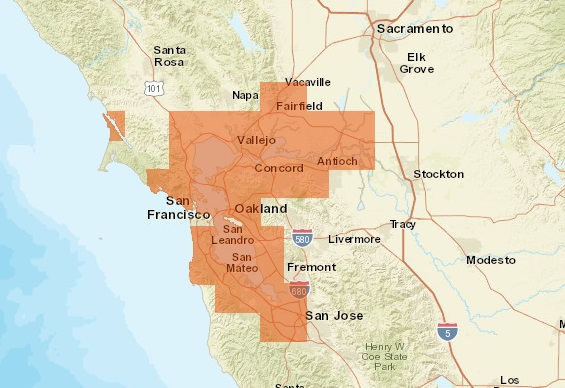
Habitat
This species is found in marshland such as the San Francisco Delta. They live in salt and brackish water marshes.
Their nests are usually made with pickleweed, cordgrass, gum plant, salt grass, or drift materials. You can also spot their nests on platforms of twigs and stems.
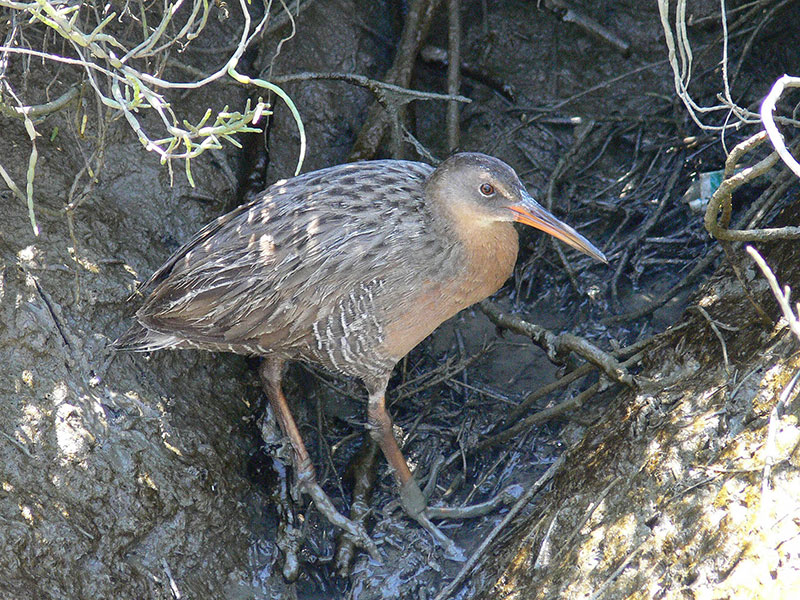
California Tiger Salamander
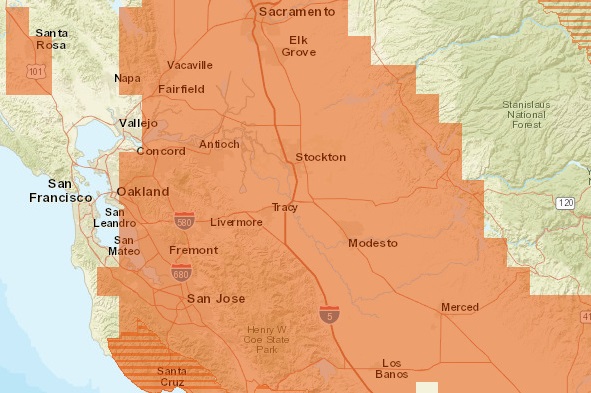
Habitat
This species must stay close to water so it is found in grasslands and low foothills near pools or ponds.
They live near standing water which can take the form of ranch stock ponds or vernal pools. With ranch stock ponds presenting an ideal habitat, ranches often contain populations of California Tiger Salamanders.
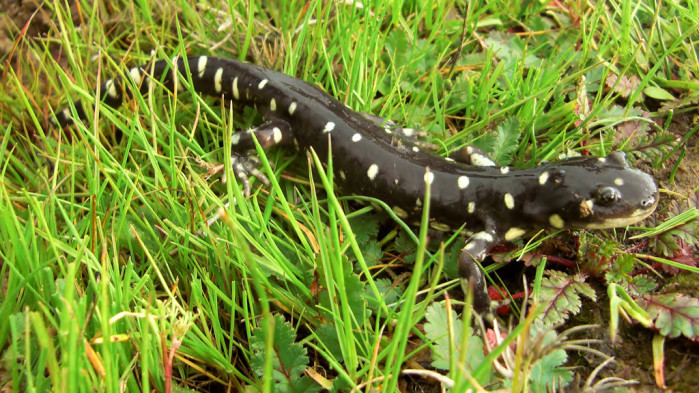
Salt Marsh Harvest Mouse
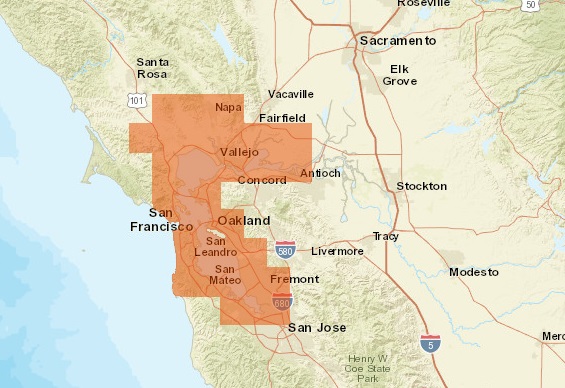
Habitat
As the name implies, these mice prefer tidal and diked salt marshes with lots of pickleweed. While they mostly stay near marshes, harvest mice may move to nearby grasslands when water levels rise.
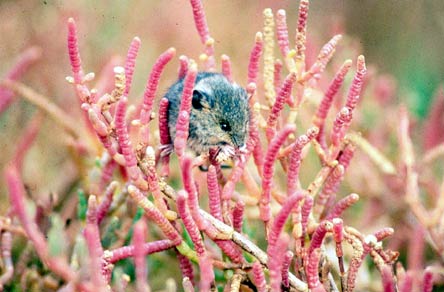
Valley Elderberry Longhorn Beetle
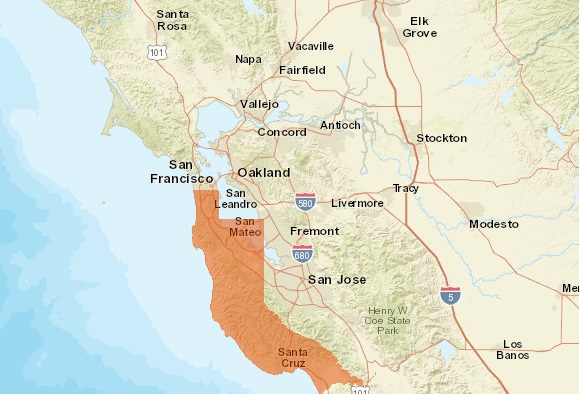
Habitat
These endangered beetles are almost always found near their host plant, red or blue elderberry. The plants are located along rivers and streams.
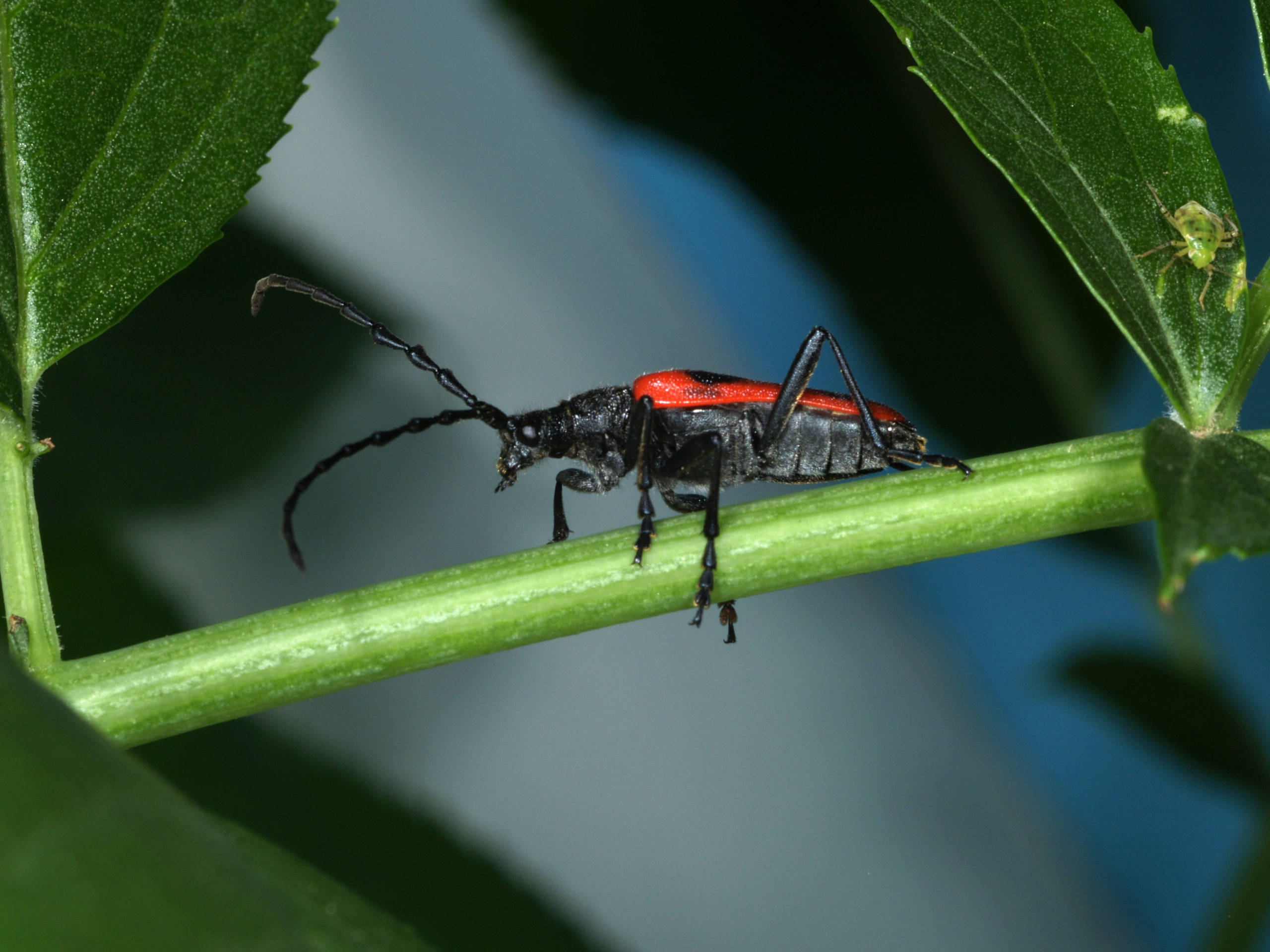
- 7 Endangered Species that Hurt Land Values [Bay Area]
- 5 Ways the Expiration of Tentative Maps Gets Extended
- Tentative Map Automatic Time Extensions Explained
- Tentative Tract Map Calculator FAQ
- CEQA Exemptions—An Introduction for Land Owners
- The CEQA Checklist—An Introduction for Landowners
- The CEQA Process–An Introduction for Landowners
- Land Use Designation and Zoning Codes—What's the Difference?
- An Introduction to Zoning Codes [Example]
- Four Factors that Attract Land Buyers
- 5 Questions Landowners Should Ask their Agent
- What's a Tentative Map and Why Does it Matter?
- How Comps Skew Residential Land Value Expectations
- Trump Takes Step back on Affordable Housing
- Developer and Builder: Who does what?
